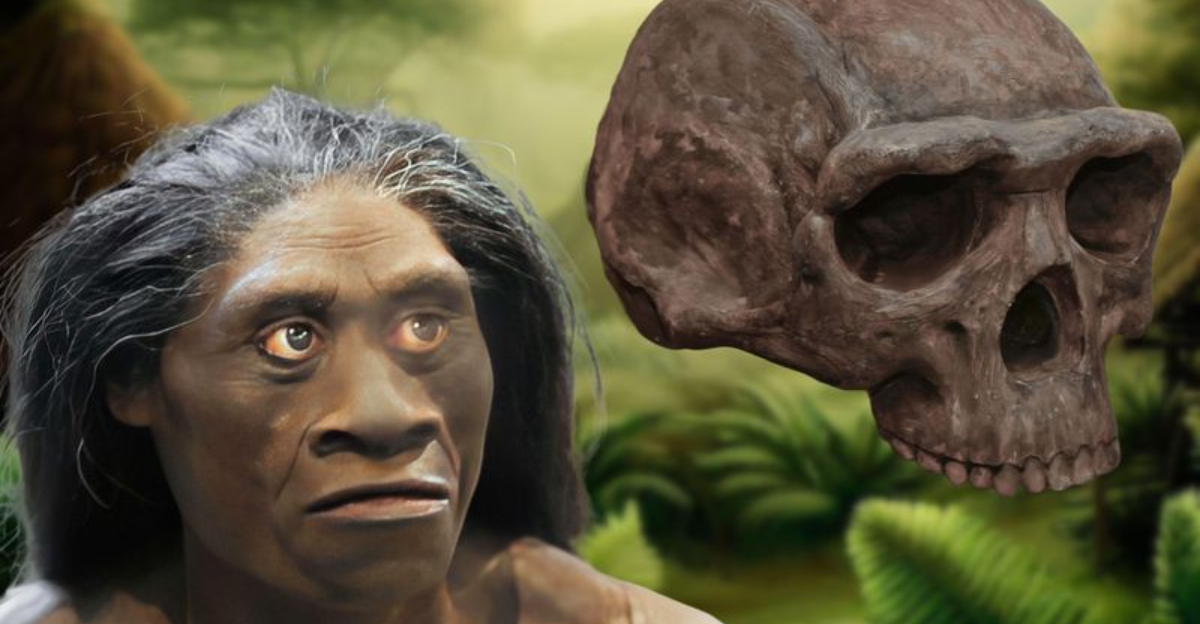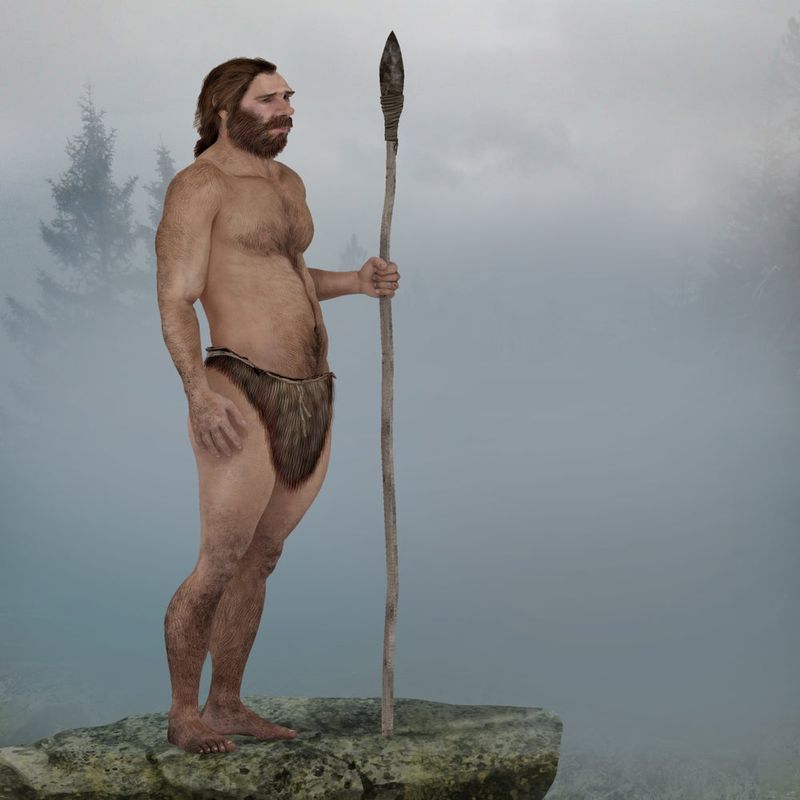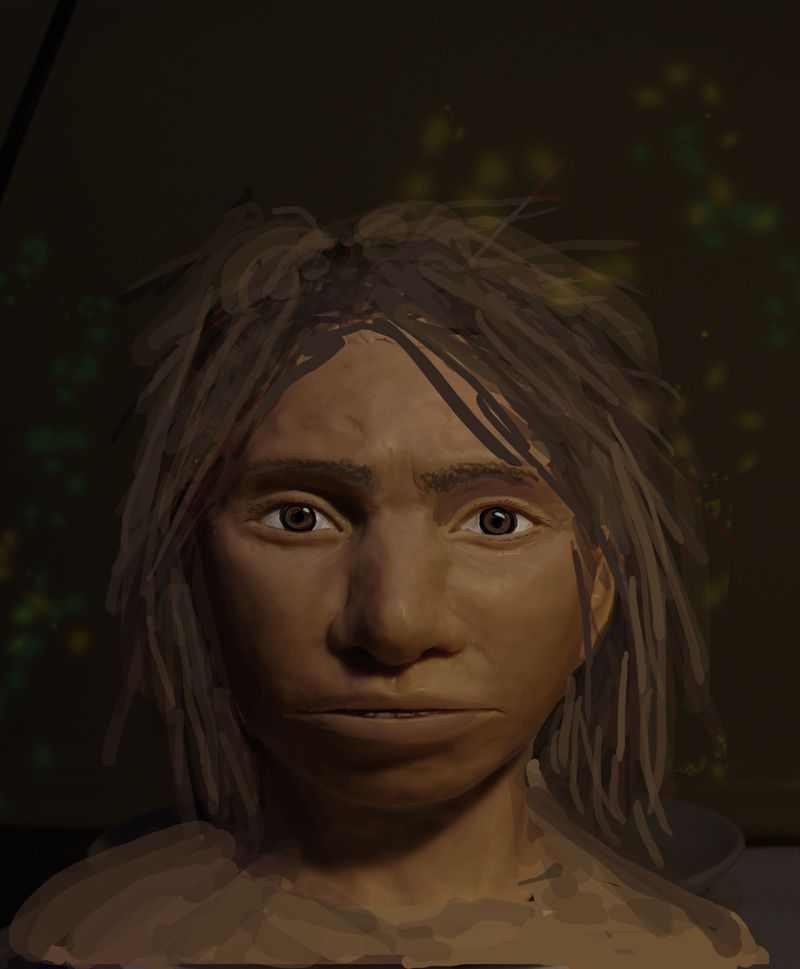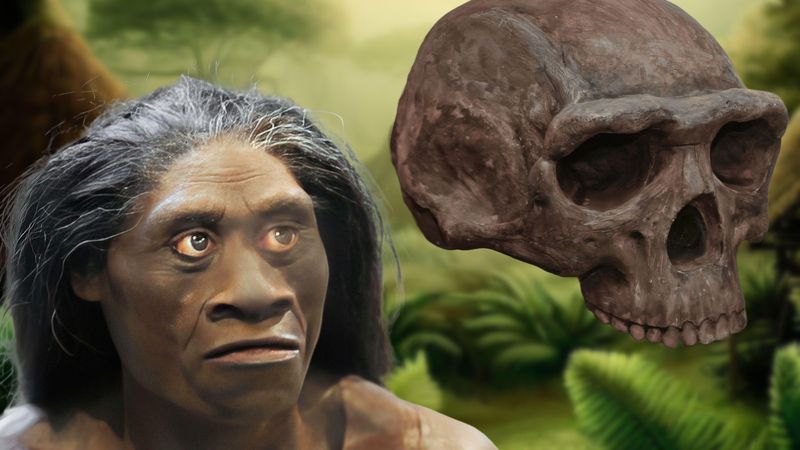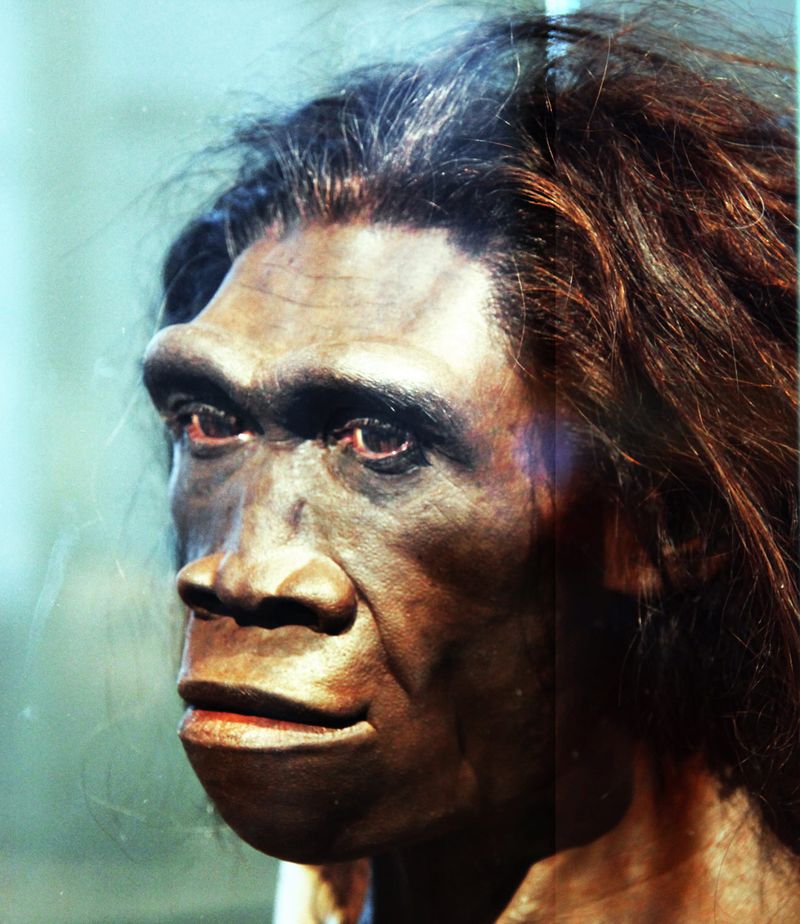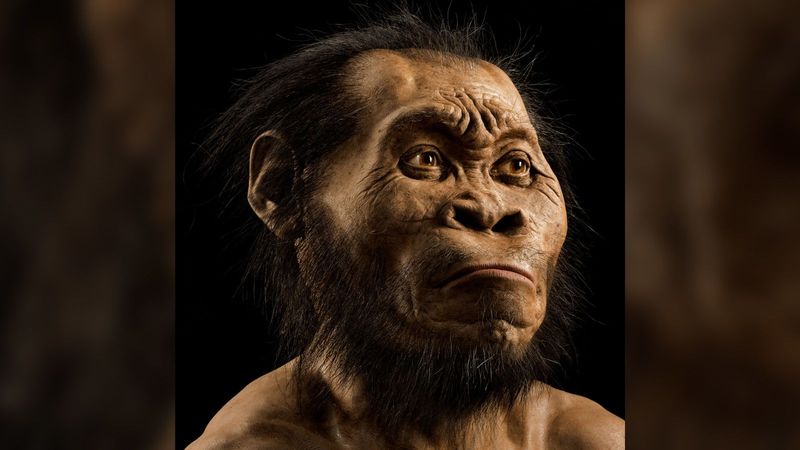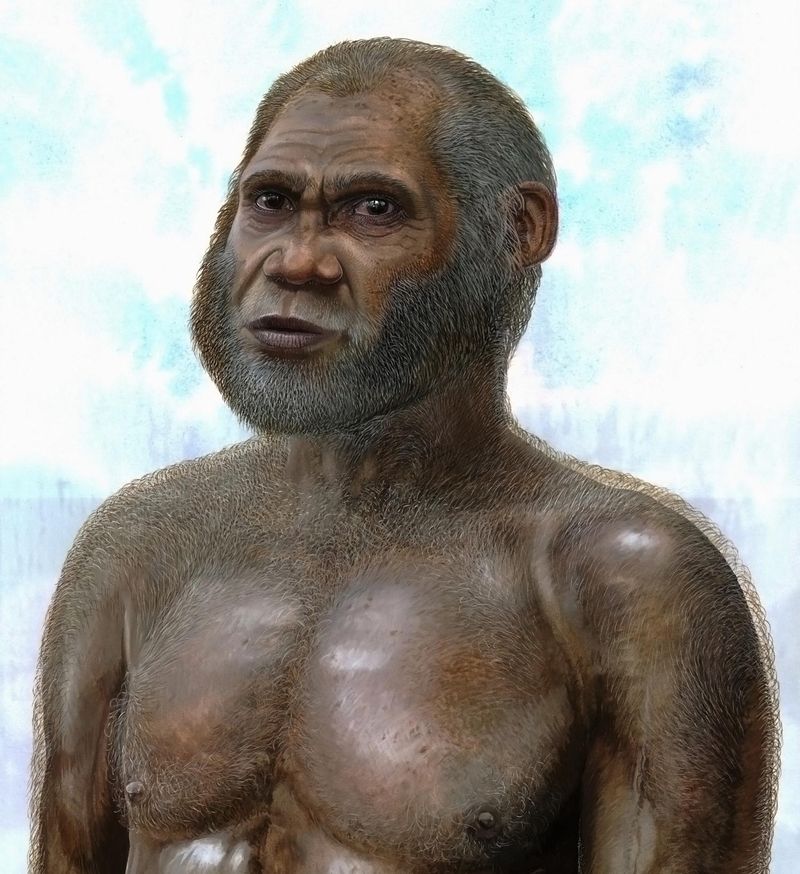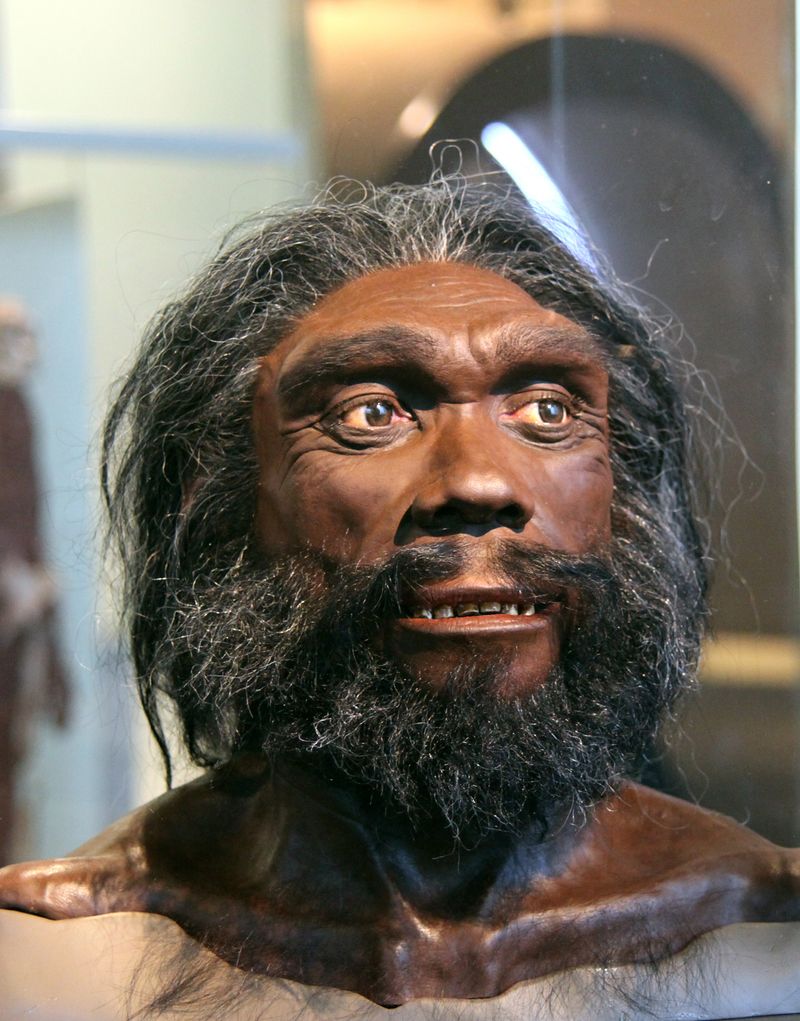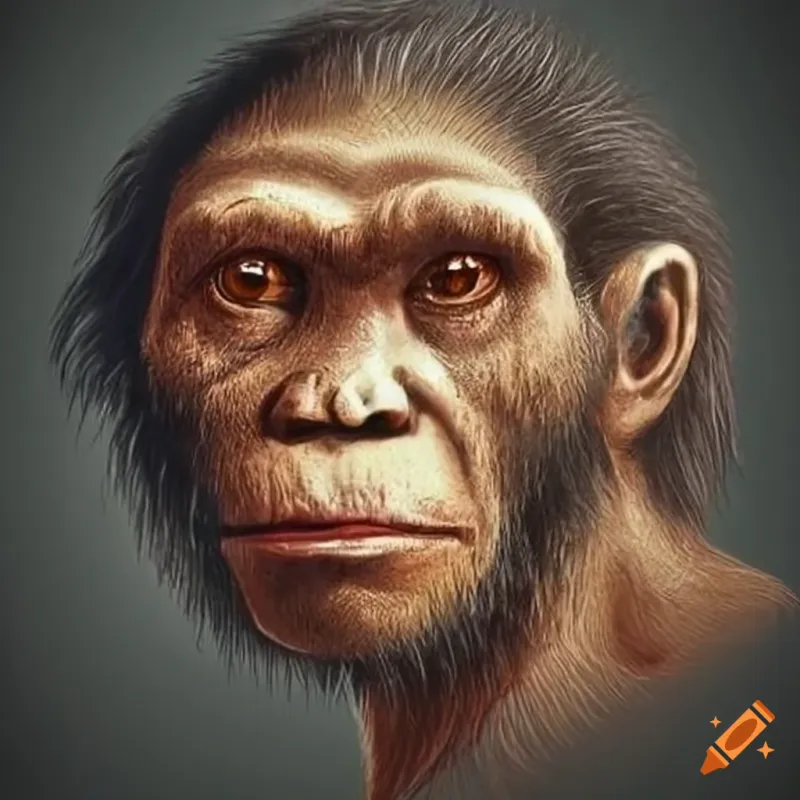From the well-known Neanderthals to the lesser-known Denisovans and other enigmatic species, each with their unique traits and untold stories, this article uncovers the mysteries of our ancient relatives.
These species walked the Earth long before us, leaving behind traces of their existence through fossils, artifacts, and DNA. Who were they? How did they live? And why did they vanish?
Join us as we explore the captivating history of eight human species that disappeared, shaping the story of humanity as we know it.
1. Neanderthals
Neanderthals, our closest extinct human relatives, lived in Europe and parts of Asia until about 40,000 years ago. Known for their robust build and large brow ridges, they were adept hunters during the Ice Age.
Their disappearance remains a mystery, although interbreeding with modern humans suggests they didn’t vanish entirely. Neanderthal genetics contribute to our immune system today.
Despite misconceptions, they were intelligent, capable of symbolic thought, and created tools. Their legacy is preserved in our DNA, offering a glimpse into a distant past and their unforeseen impact on modern humanity.
2. Denisovans
Denisovans are an enigmatic group discovered in the Denisova Cave in Siberia. Genetic evidence reveals their existence alongside Neanderthals and early modern humans.
Though physical remains are scant, DNA tells us they contributed to the gene pool of some modern populations, particularly in Asia. Their genetic legacy includes adaptations to high-altitude environments.
The mystery of the Denisovans lies in their limited fossil record. Yet, their genetic impact hints at a rich, untold history intertwined with other human species, expanding our understanding of human evolution.
3. Homo floresiensis (Hobbits)
Homo floresiensis, affectionately known as “Hobbits,” were tiny humans found on the Indonesian island of Flores. Standing just about 3 feet tall, they lived until around 50,000 years ago.
Despite their small brains, they made stone tools and hunted small elephants and giant rats. Their diminutive size may be due to island dwarfism, a response to limited resources.
The discovery of Homo floresiensis challenges previous notions of human evolution, showing that diverse forms of humans coexisted. Their existence raises questions about survival and adaptability in isolated environments.
4. Homo erectus
Homo erectus, one of the longest surviving human species, lived from about 1.9 million to 110,000 years ago. Originating in Africa, they spread across Eurasia, showcasing adaptability and resilience.
They were the first to use fire and complex tools, signifying a major leap in human evolution. Their physical traits were similar to modern humans but with a thicker skull and larger face.
Their disappearance remains a subject of research, but their innovations laid groundwork for future human advancements. Homo erectus illustrates a pivotal stage in our evolutionary history, bridging primitive and modern traits.
5. Homo naledi
Homo naledi, a recent discovery, inhabited South Africa around 335,000 to 236,000 years ago. Found in the Rising Star Cave system, their remains suggest ritualistic behavior, possibly burying their dead.
With a mix of primitive and modern features, they stood about 5 feet tall. Their brain size was small, yet they exhibited complex behaviors.
The discovery challenged views on the timeline of human evolution. Homo naledi’s existence raises intriguing questions about the diversity of ancient human species and the evolutionary process.
6. Red Deer Cave People
The Red Deer Cave People, discovered in southern China, are a mysterious group that lived about 14,000 years ago. Their unique skeletal features differ significantly from modern humans.
Named for the large deer they hunted, they may represent a late-surviving archaic human species or interbreeding with modern humans.
Their discovery adds complexity to our understanding of human evolution and migration, suggesting isolated populations coexisted with our ancestors. The Red Deer Cave People remain an intriguing puzzle in the story of human development.
7. Homo heidelbergensis
Homo heidelbergensis, known as a potential common ancestor of both Neanderthals and modern humans, lived around 600,000 to 200,000 years ago. They were skilled hunters and tool users.
Their robust build and large brain size suggest they were well-adapted to diverse environments. Homo heidelbergensis fossils have been found in Africa, Europe, and Asia.
Their evolutionary significance lies in their role in the development of later human species. They bridge the gap between earlier humans and the emergence of distinct species like Neanderthals, reflecting a crucial evolutionary step.
8. Homo luzonensis
Homo luzonensis, a diminutive human species, was discovered on Luzon Island in the Philippines. Living over 50,000 years ago, they are known from few fossils, including teeth and bones.
Their small size and mix of ancient and modern features suggest a unique evolutionary path. The discovery adds to the diversity of human species in Southeast Asia.
Homo luzonensis highlights the complexity of human evolution in island settings, revealing unexpected lineages. Their existence poses questions about migration and adaptation in isolated environments, expanding our knowledge of prehistoric human diversity.
